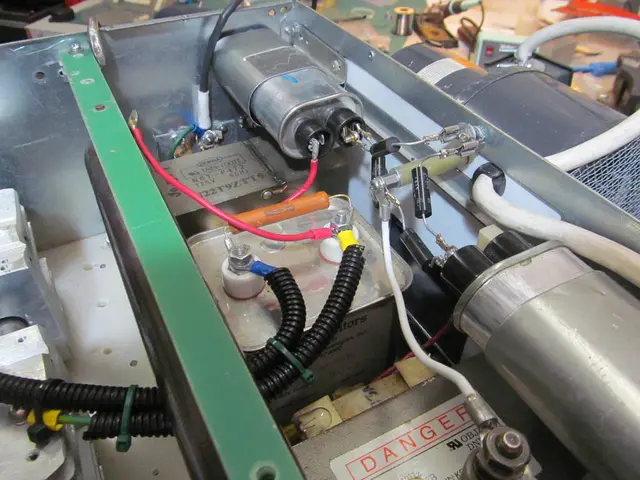Lunar Nuclear Powerplant Development by NASA: Key Facts Explored
The United States, through NASA, is actively working on plans to establish nuclear fission reactors on the Moon by the 2030s. This ambitious project aims to provide reliable power for lunar bases, enabling deeper exploration of the solar system, particularly missions to Mars, and maintaining space leadership, especially in competition with China.
Key reasons for deploying nuclear reactors on the Moon include:
- Continuous power during the lunar night when solar power is unavailable.
- Supporting in situ resource utilization by powering the extraction and refinement of lunar materials.
- Establishing a sustainable human presence on the Moon and eventually on Mars.
- Strengthening national security and U.S. dominance in space.
NASA is collaborating with industry to develop fission surface power systems that deliver about 100 kilowatts electrical power, with a focus on safe, reliable designs using advanced power conversion technologies.
China's lunar ambitions also involve landing taikonauts on the Moon by 2030, implying potential interest in robust power sources like nuclear reactors to sustain lunar operations. However, details about China's nuclear power plans on the Moon are more limited in the public domain.
The international legal framework regulating nuclear reactors on the Moon primarily involves several treaties, notably the Outer Space Treaty (OST) of 1967. The OST does not explicitly prohibit nuclear reactors for peaceful purposes like power generation. States must avoid harmful contamination of space and celestial bodies and must conduct activities with due regard to other states' interests. Countries retain jurisdiction and control over their registered space objects, including reactors. The use of nuclear power on the Moon must ensure environmental protection and safety to prevent contamination, particularly important due to the Moon’s fragile environment.
Both countries must navigate these legal norms alongside geopolitical competition. NASA and the U.S. government emphasize safety protocols and environmental considerations in developing lunar nuclear reactors. China’s lunar ambitions will also need to comply with the same framework, but details on their legal approach have not been broadly disclosed.
Nuclear power in space isn't a new idea, as the U.S. and the Soviet Union have been using radioisotope generators since the 1960s for satellites, Mars rovers, and Voyager probes. The United Nations' 1992 Principles Relevant to the Use of Nuclear Power Sources in Outer Space set guidelines for safety, transparency, and international consultation in the use of nuclear energy in space.
The future of the Moon won't be determined by who plants the most flags, but by who builds what, and how. Nuclear power could be the linchpin for long-term human activity on the Moon and is essential for missions to Mars. The United States has an opportunity to lead in governance by committing to sharing its plans publicly, following the Outer Space Treaty, and reaffirming a commitment to peaceful use and international participation.
[1] Hanlon, M. L. D. (2020). Space law and policy for the next giant leap: A policy framework for U.S. lunar exploration. Space Policy, 50, 100960. [2] Krawczynski, A. (2021). China's moon mission: Aiming for the stars. The Diplomat. [3] NASA (2021). Nuclear fission surface power. NASA.
- To ensure continuous power during the lunar night and support in situ resource utilization, NASA is collaborating with industry to develop nuclear fission surface power systems that deliver about 100 kilowatts electrical power.
- As both the United States and China aim to establish a sustainable human presence on the Moon, adhering to international legal frameworks like the Outer Space Treaty of 1967 will be crucial in ensuring the use of nuclear power on the Moon is safe, environmentally friendly, and conducted with due regard to other states' interests.




